Insights



Boundary review blues? A (r)evolutionary framework and Dutch days
Policy preview: boundary review blues
Britain is overdue for a parliamentary constituency boundary review. Two efforts to do so since 2010 were both ultimately abandoned, following opposition from both sides of the floor and amid the tumult of the 2016 Brexit vote and its aftermath. In 2021, however, the process is due to get off the ground, with potential major implications for the next general election.
The groundwork for the new boundaries has already been laid by the Parliamentary Constituencies Bill 2019-2021, which received Royal Assent last December. It abandoned previous plans to reduce the number of MPs from 650 to 600 and set the boundary review to be completed by mid-2023, on the basis of registered electorates from last December. Constituencies aim to be within 5 per cent of 73,393 voters, meaning that more than half of the current parliamentary constituencies will have to be redrawn.
This work is to be undertaken by the Boundary Commission, which is non-partisan. Nevertheless, the moves are certain to raise opposition from affected MPs and parties. These tensions may play out in relation to the centrifugal sentiment prevailing in parts of the UK, particularly Scotland, which is set to lose at least one, more likely two, of its 59 MPs. Wales may lose as many as eight of its current 40 seats (though the constituency of Ynys Mon / Anglesey was enshrined as a protected constituency in last year’s Parliamentary Constituencies Bill).
The redistribution of seats around urban-rural divides is likely to have the most significant impact on the political fortunes of the Conservative and Labour parties. While the continued trend towards urbanisation and growing population in London and other major cities may help Labour where new seats are created, population shifts in other areas may help the Conservatives. A number of so-called ‘Red Wall’ seats won by Prime Minister Boris Johnson in the 2019 election, in many cases bucking decades of consistent Labour victories, are areas that have seen population decline. While this means some seats may fall by the wayside entirely, the geographical footprint of the remaining constituencies is likely to expand, picking up rural and less-populated areas, where historically voters have been more Conservative-leaning.
Although Johnson has also vowed to do away with the Fixed-Term Parliaments Act, his sizable majority means that it is more likely than not that the next election will only be held after the new seats come into effect.

Dollars and sense : A (r)evolutionary framework
In February, Zambia became the first country to request that it be allowed to restructure its debt under the so-called Common Framework. The nation’s fiscal and economic challenges are not new, and it had already fallen into default last November, setting the stage for a clash between its private creditors and China, by far Lusaka’s largest creditor, over how to make Zambia’s debt sustainable. The International Monetary Fund also started talks with the Zambian government last month, further complicating the picture. But it is the test of the Common Framework that will have the most far-reaching implications.
The Common Framework of the Group of 20 Nations is one of the various initiatives that governments have taken over the last year to help one another through the Covid-19 pandemic. The first major such effort – also organised through the G20, with the support of the IMF and World Bank – is the Debt Service Suspension Initiative (DSSI). This was launched last March and has seen debt repayments to the G20 creditors from 45 developing countries suspended, with a further 28 countries eligible for such relief.
The DSSI has been so significant because China has agreed to take part, although it had historically refused to cooperate with the informal grouping of mostly Western creditors known as the Paris Club. There has been significant concern in recent years over Beijing’s use of ‘debt trap diplomacy’ following its assumption of control of the Hambantota port in Sri Lanka, strategically located in the Indian Ocean, in 2017, but fears that the pandemic would see it seek to escalate such efforts have so far proven unfounded.
The Common Framework was announced at last November’s G20 Summit in Saudi Arabia and builds on the DSSI by establishing a unified set of rules for how sovereign nations’ debts such be restructured. Though the summit was held largely virtually due to the pandemic, supporters of the framework have insisted that support for it among G20 members is strong and unified. They will have to be for the framework to succeed. There has never before been lasting international agreement on sovereign debts, despite repeated attempts to set up a sovereign bankruptcy court. is Zambia presents a strong early test case for the Common Framework.
Private holders of Zambia’s bonds have telegraphed that they hold a blocking share of the debt, which could hinder any restructuring. They have demanded the terms of Chinese debt restructuring be disclosed before agreeing to any of their own. The Common Framework should enable this, although Beijing has demurred from publicly stating how its loans to Zambia are even constituted. If the Common Framework can even make moderate progress in bridging this gap, however, it may prove a key tool in government bankruptcies, particularly in the developing world, going forward.
Power play: Dutch days
Dutch voters go to the polls on 17 March, following the resignation of Prime Minister Mark Rutte’s government in January, prompted by the revelation that it wrongly accused thousands of families of welfare fraud. However, Rutte’s People’s Party for Freedom (VVD) has only built its lead in polls in subsequent weeks. 35% of voters appear poised to vote for the VVD, up from the 21.3% it received in 2017. Only Geert Wilders’ far-right Party for Freedom (PVV) is also above 20 per cent in the polls, and then just barely, but as with other previous Dutch elections, most other parties have ruled out considering a coalition with the PVV.
Rutte therefore appears set to head another government, almost 11 years after he first became prime minister. With German Chancellor Angela Merkel not standing for re-election as chancellor in Germany’s federal elections, expected on 26 September, Rutte is poised to become the elder statesman of the European Union.
If Rutte’s VVD performs as well as current polls predict, it will have its choice of coalition partners, but the most natural allies would be those with whom he formed the previous government and who have overseen the interim cabinet in the run-up to the current vote. These are the liberal D66. centre-right Christian Democratic Appeal (CDA) and centrist Christian Union. Some polls indicate the CDA will win enough votes to open up the possibility of a two-party coalition between the VVD and CDA. The centre-left and left are unlikely to play a major role at all, with the Dutch Labour Party (PvdA) a shadow of its former self, having never recovered from the global financial crisis and Eurozone crisis.
Heading a unified centre-right government would set the stage for a more conservative agenda, and if past evidence is any indication, Rutte would likely seek to carry this over into his unofficial role as Europe’s elder statesman (and formally on to the European Council, which guides the EU’s policy agenda). Rutte’s governments had traditionally been allies of the British in their opposition to the idea of ‘ever closer union’ while the UK was still an EU member. More recently, he led resistance to the ‘coronabonds’ mutualising EU debt amongst members, and if a government of only his centre-right allies, would further increase support for Dutch leadership of the ‘Frugal Four’ within the EU. With Merkel set to leave the scene, and Rutte set to secure his position, Europe’s leadership itself may soon be changing to a more cautious tack.
You may also be interested in
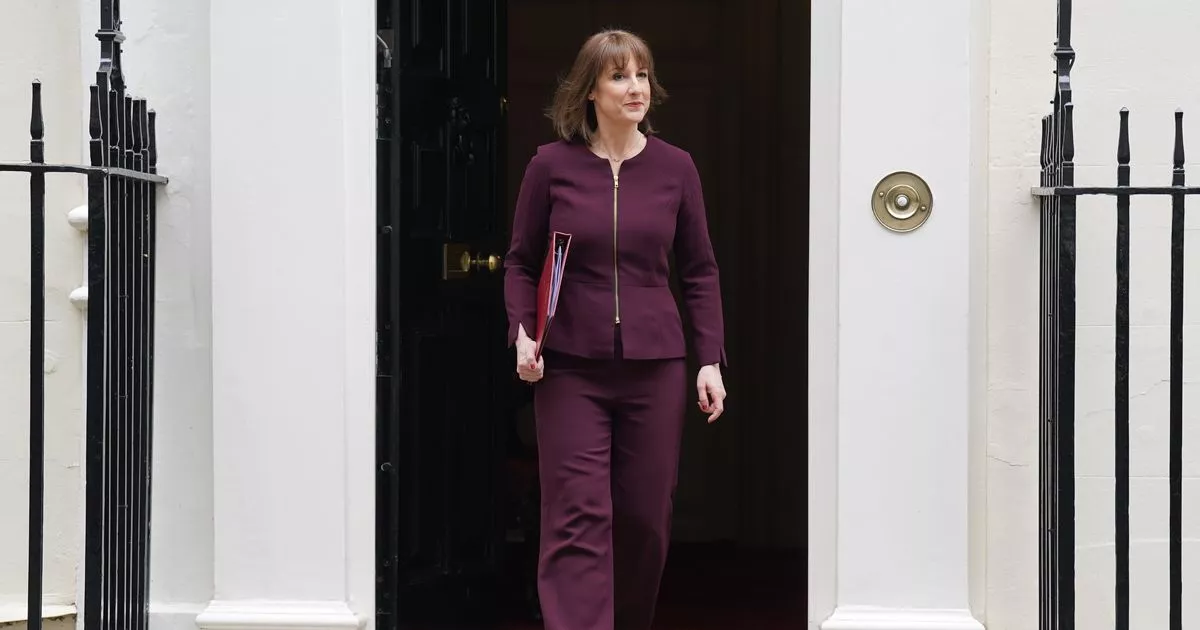
The Hawthorn Headliner
In the penultimate answer at Wednesday’s PMQs, Sir Keir Starmer retorted: “I have full confidence in the Chancellor, thank...
Read more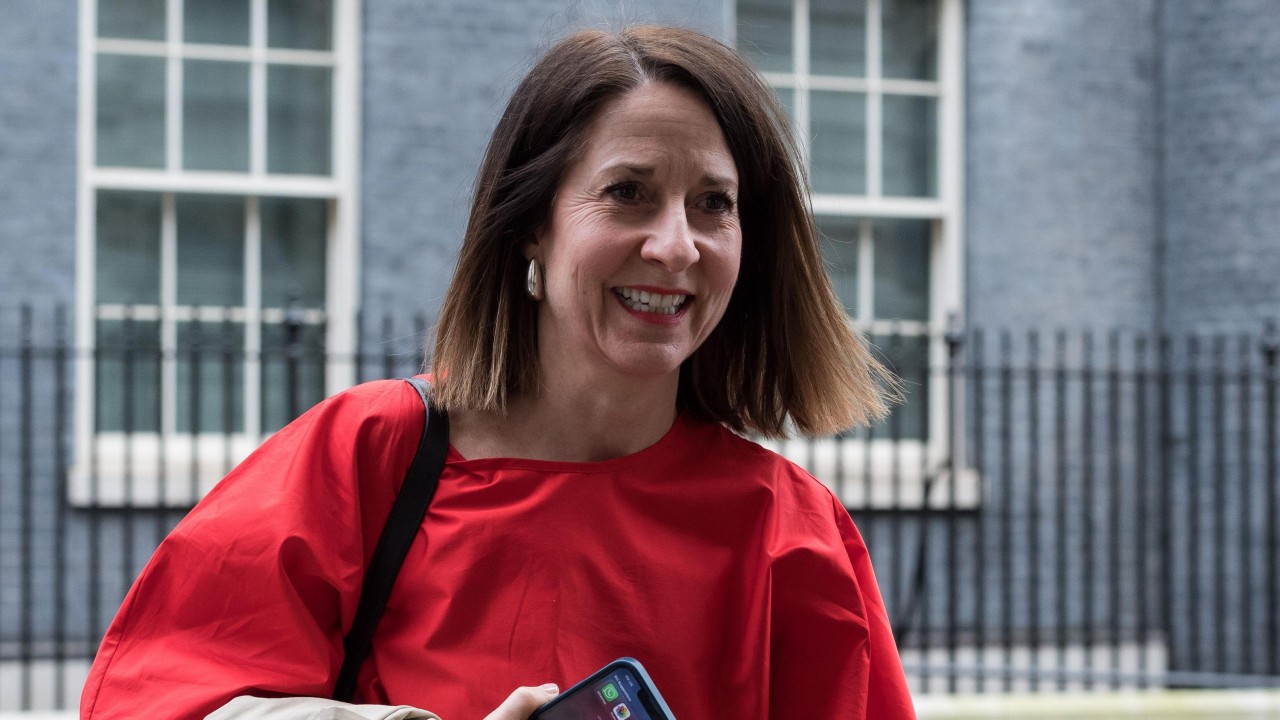
The Hawthorn Headliner
LOVELESS LABOUR’S LOST There is real exasperation amongst more experienced Labour MPs on the way proposed welfare changes –...
Read more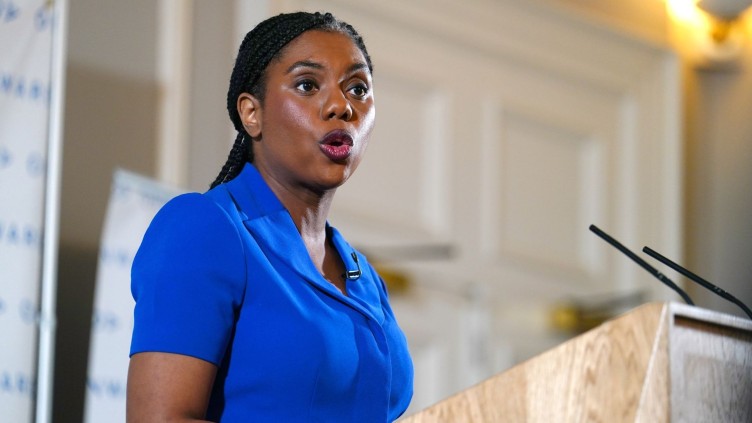
The Hawthorn Headliner: Reform or die? Badenoch’s future unclear as Tories grapple with Farage threat
It was to nobody’s surprise that Kemi Badenoch kept rather quiet on her ‘First 100 Days’ anniversary this Monday....
Read more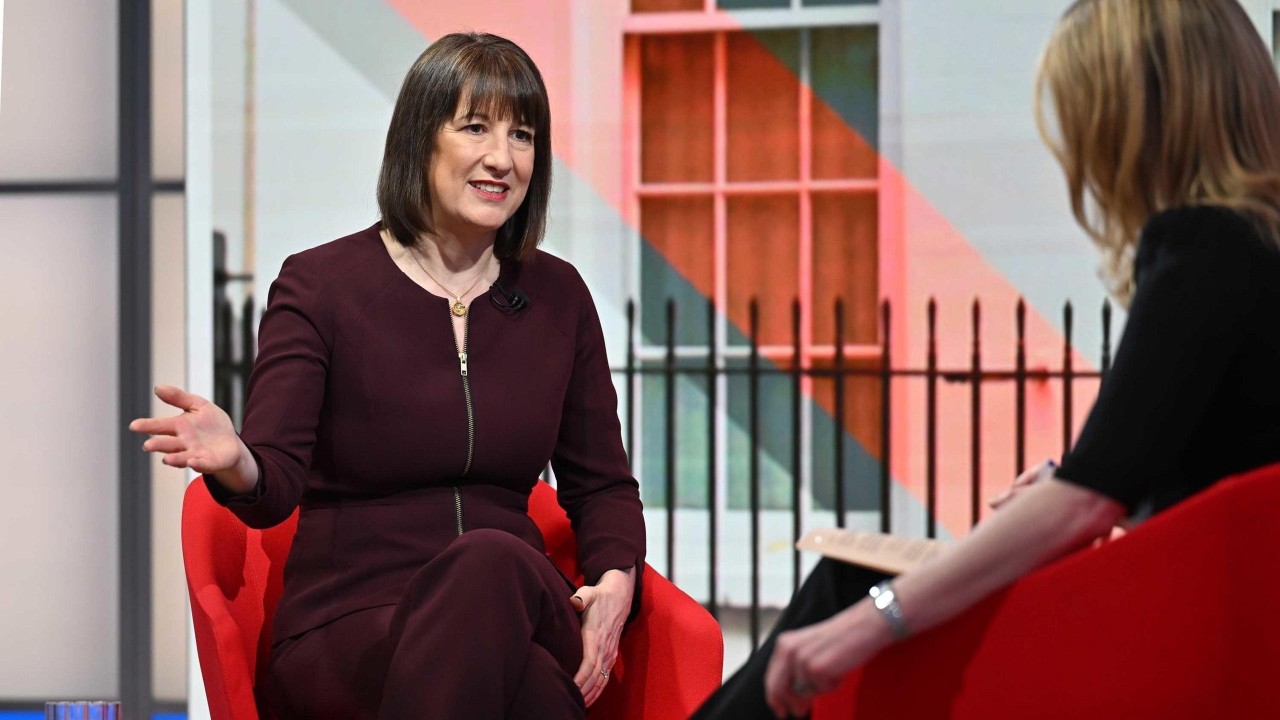
The Hawthorn Headliner
Gunning for growth Fresh from her promotional tour in the Swiss Alps, Rachel Reeves has returned from Davos with...
Read more
Tory Rebuild: New Opposition Leader Assembles Shadow Cabinet
Who would want to be Leader of the Opposition after such a crushing General Election defeat? Just five years...
Read more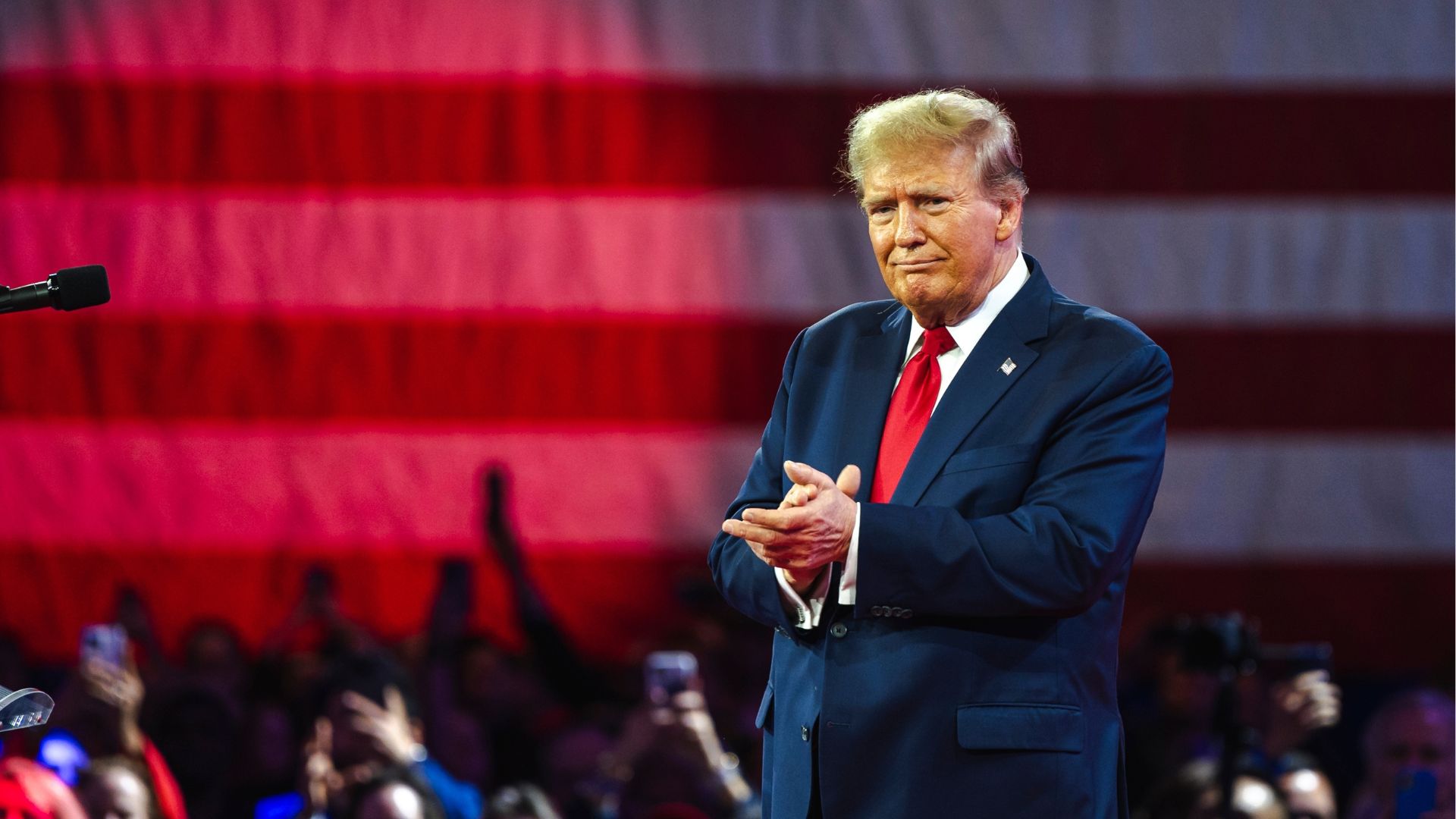
In a new Trump administration, will momentum or uncertainty reign?
With the election of Donald Trump to a second term as President, all eyes turn to what’s next in...
Read more